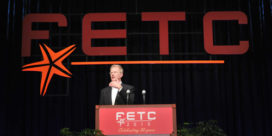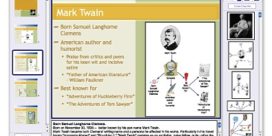Think you’re an auditory or visual learner? Scientists say it’s unlikely
We've all heard the theory that some students are visual learners, while others are auditory learners. And still other kids learn best when lessons involve movement, NPR reports.


